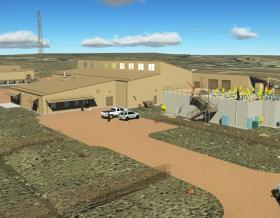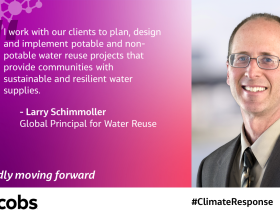
Every project Michael works on is big. Michael's experience with storm surge barriers and gates allows him to travel across the globe, supporting numerous large-scale projects, including the iconic Seattle Elliott Bay Sea Wall and the Inner Harbor Navigation Canal (IHNC) Lake Borgne Surge Barrier. We sat down with Michael to learn more about his experience, expertise and challenges working on projects on such a vast scale.
Tell us a bit about yourself and your career with Jacobs so far.
At Jacobs, I serve as the national lead for storm surge barriers and gates. My background is in structural , marine and construction engineering. I studied at the University of California San Diego, where I was involved with full structural seismic testing, graduated with a Ph.D. in structural engineering and served as a post-doctoral student on a U.S. Navy project.
In the past, I supported numerous marine structures projects. I was the resident engineer for the San Francisco-Oakland Bay Bridge foundation demolition, where I spent nine months on site. I've worked on numerous Naval Base San Diego projects, including Pier 12 design, quay wall mooring, floating pier testing and evaluation of the Point Loma Naval Submarine piers. I also helped design the Richmond ferry terminal and the design of the floating cofferdam to repair the new Washington SR-520 floating bridge pontoons. Outside of work, I live in San Francisco with my wife and our two-year-old son, who keeps us busy.
You work on large-scale marine and transportation infrastructure projects like storm surge barriers, flood gates, piers and bridge foundations. What excites you about these mega-projects?
Getting these projects designed, built and completed creates a unique sense of accomplishment. It’s always neat to see the crews and large equipment make progress. In the case of the New Orleans Lake Borgne Barrier, I witnessed the extensive damage that remained four years after Hurricane Katrina— some neighborhoods were only streets and foundations and I walked through some of the gutted homes. It was a stark reminder that these projects always have a grand purpose, benefit and critical need for society.
You designed the one-of-a-kind floating barge gate for the IHNC Lake Borgne Surge Canal Barrier. What was the biggest challenge of this project?
This project required a multidisciplinary team of structural, offshore, mechanical, electrical naval and hydraulic engineers, working together on a tight schedule, providing design and construction engineering support. The construction phase was the biggest challenge. We had to ensure the construction met our strict requirements, such as the 100-year design life target and its floating draft specifications, while the contractor was under immense pressure to finish the job as soon as possible. Our calculations for the floating draft showed there was virtually zero percent room for error. Therefore, we required the contractor to weigh every single pound of material that went into construction. Though time-consuming, this effort paid off when it floated off successfully.
How have your past projects influenced the work you do today?
I've worked a significant amount of time in Seattle for the final design of the Elliott Bay Sea Wall and in New Orleans for the final design and construction support of the IHNC. These are unique, one-of-a-kind projects. The experience gained on one project influences the next one. For example, IHNC extensively used precast concrete and cast-in-place connections to expedite the schedule. This strategy carried over to the Seattle Elliott Bay Sea Wall project. We applied the same concepts, even though it’s structurally a distinctive design.
How has the volatility of climate change impacted your approach and perspectives on tidal and barrier gate projects? What do you have to consider now?
We have future projections of sea-level rise ranging from worst-case to best-case scenarios. Because of this range of uncertainty, we design barrier projects so we can increase the height in the future without any further rise in sea level. This strategy means we slightly overbuild the foundation with more or larger piles, so if we need to raise the barrier in the future, there’s no need to modify the foundation or disturb the surroundings. For instance, we can increase the top of the New Orleans Lake Borgne Barrier several feet.
This uncertainty in future sea-level rise causes problems for flood-prone, urban waterfronts in large, coastal cities, which often feature waterfront parks, promenades and neighborhoods that already flood in storm surge events. Cities can’t afford to raise the elevation in all these areas , so it makes sense financially to strengthen the existing protection or build new lines of defense in the areas with the greatest population densities. For regions of lower densities, implementing a strategy such as elevating homes or managed retreat is often considered.
Tell us one of your most memorable project site stories.
Yes, there was a lot of camaraderie on the sites. In one instance, I performed a structural assessment of the submarine piers at Naval Base Point Loma, which required getting on a skiff, or small boat, to assess the piles and deck soffit. The operations team told us we were good to go, so we were out in our boat checking the piles when somebody atop the pier yelled at us to, "get outta there!" After a mad scramble to get back to a nearby dock, a massive submarine arrived and berthed where we had just been, avoiding a dangerous collision!
On another day at the piers, the engine on our boat broke down. Thankfully, a U.S. Navy boat took us back to the dock. Later that day, when the boss asked how the assessment went, I was able to report, "well, we got rescued by the U.S. Navy!"
What do you enjoy most about being part of #OurJacobs team?
I enjoy the occasional humor in a teleconference. It's not too common, as we’re all focused on the work. It's not easy to pull off, but it’s appreciated and can help build camaraderie. I also appreciate the flexibility Jacobs has offered throughout the COVID-19 pandemic. My hometown's environment and air quality have significantly benefited from the lack of commuting and air travel. The flexibility in working hours has allowed me to connect with colleagues across the globe.
You might be interested in...
-
 News
NewsQ&A: Talking with Environmental Program Manager Robb Fishman
We sat down with Robb to talk about resiliency, climate response and community.
-
 Page
PageDelivering Resilience
It’s time to think differently about the future — about how we prepare for and respond to natural, societal and economic risks. Jacobs delivers comprehensive infrastructure, technology and intelligence solutions to help governments, cities and private sector clients survive, recover, adapt and thrive regardless of the chronic stresses and acute shocks they experience.
-
 Showcase
ShowcasePort of San Francisco Waterfront Resilience Program
Adapting 7.5-miles of the San Francisco Waterfront to be resilient to earthquakes, coastal storms and sea level rise, including the preservation and fortification of the 100-year-old Embarcadero Seawall
-
 News
NewsQ&A: Talking with U.S. Coastal Lead Luce Bassetti
As the lead for Jacobs’ U.S. Coastal Resiliency Program, Luce Bassetti brings a strong background in coastal modeling and resiliency planning, adding extensive international experience to Jacobs’ innovative Gulf Coast team. We sat down with Luce to talk about her work, her home base in Houston and her hopes for the future.
Join #OurJacobs team
What drives you drives us as we work to build a better world – together. At Jacobs, every day is an opportunity to make the world better, more connected, more sustainable.
We’re always looking for dynamic and engaged people to join our team. Bring your passion, your ingenuity and your vision.












2c4e.jpg?h=c7c14dee&itok=FmPI2126)





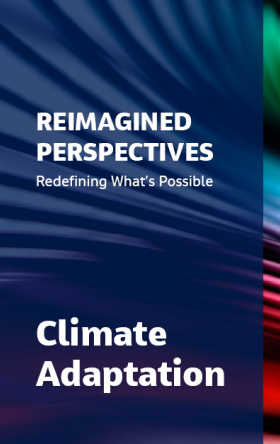












_0ac2b.jpg?h=8a6d63f3&itok=5vsqFiQH)



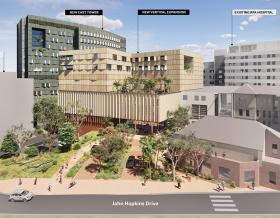



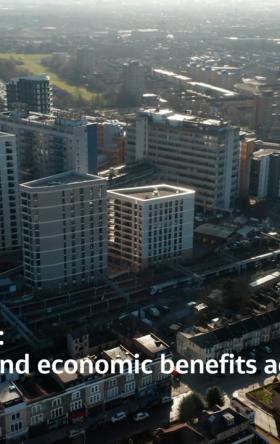

2747.png?h=1314d3d4&itok=rFs9mG95)


